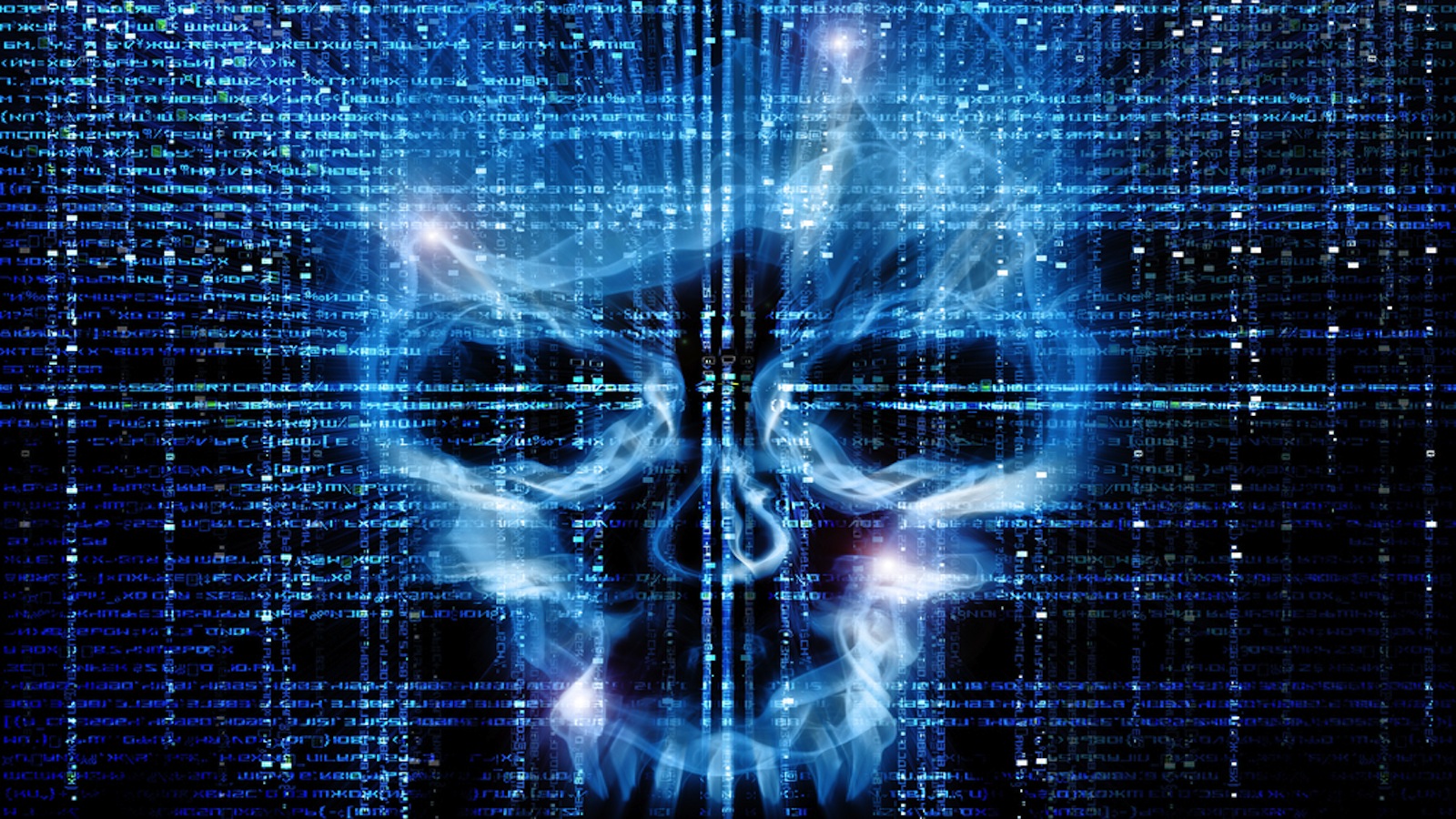Cyber security has become a well-known term in recent years. With most people spending a large part of their day online, communicating through media such as email and social media and conducting their banking and shopping online, it’s not surprising that risks come with the digitalisation of all your data. But what exactly is cyber security? What constitutes a cyber-attack? Who are the cyber criminals? And who is at risk?
Information Security
 Cyber security is essentially a new term for information security; the protection of vital information. Information security has, however, been around for decades prompting many to ask what is new about cyber security? In today’s age, cyber security refers to more than simply protecting information. There is now an industrial scale of cyber espionnage. The only thing that is new about cyber security is that there is more information moving around faster in cyber space that there ever was when it could only be paper based, but it is still all about preventing people from accessing information they have no right to and using it for nefarious purposes. It is more another stage in a continuum of dealing with information complexities. Think of it in terms of moving from handwriting to typewriter to telegraph to telephone, telefaxes and recording devices and now to cyber space. It is the volume and complexity that has increased, not the basic concept of information protection and espionnage for industrial and military purposes. But with the increased volume, there is also the possibility of causing more harm to more people. Cyber space has been militarised. There is a large rise in hacktivism (the use of computer hacking for political activism), with large swaths of cyber-crime and a dependence on the internet with the proliferation of devices.
Cyber security is essentially a new term for information security; the protection of vital information. Information security has, however, been around for decades prompting many to ask what is new about cyber security? In today’s age, cyber security refers to more than simply protecting information. There is now an industrial scale of cyber espionnage. The only thing that is new about cyber security is that there is more information moving around faster in cyber space that there ever was when it could only be paper based, but it is still all about preventing people from accessing information they have no right to and using it for nefarious purposes. It is more another stage in a continuum of dealing with information complexities. Think of it in terms of moving from handwriting to typewriter to telegraph to telephone, telefaxes and recording devices and now to cyber space. It is the volume and complexity that has increased, not the basic concept of information protection and espionnage for industrial and military purposes. But with the increased volume, there is also the possibility of causing more harm to more people. Cyber space has been militarised. There is a large rise in hacktivism (the use of computer hacking for political activism), with large swaths of cyber-crime and a dependence on the internet with the proliferation of devices.
Why is cyber important?
Most people have one password for all their accounts and think of simple identity theft, malware or spam emails when they think about cyber security. Although identity theft is no laughing matter, there are far more serious and important threats in today’s world. The internet was never designed to be secure and trying to retrofit security is proving very difficult indeed.
Modern cars are full of computers with some having their own individual IP addresses. This means that your car can be hacked and accessed by a cyber-attacker. With access to your car’s computer, the attacker could turn off your car whilst overtaking on the motorway or simply mess with your navigation sending you off course. Furthermore most fridges, simple kitchen appliances have an IP address. This means that a cyber-attacker can access your fridge’s logs and besides changing the temperature they can work out what times you are in your home, and even figure out if you are away on holiday. Are you scared now? You should be.
The cyber threat landscape
Cyber-attacks have been categorised into six different categories, each one more difficult and more deadly than the last. The first of these threats are automated attacks, worms and viruses. These are your everyday cyber-attacks that we are accustomed to finding in our email junk folder. The second threat is from ‘script kiddies’. These are ‘unskilled individuals who use scripts or programs developed by others to attack computer systems and networks and deface websites. The next step up is framework attacks. These are more sophisticated attacks, however, still not at a skilled level. The fourth type is from skilled attacker, involving coding and programming. The fifth type of attack is a targeted highly skilled attack. These involve extremely skilled attacks carried out against a targeted area or company. The Stuxnet attack on Iranian nuclear plants is an example of this. Then at the top we have ‘zero day’ attacks. These can result in large damage to infrastructure and death.
Who carries out these attacks?
A large concern of cyber security is that the attacker is essentially faceless. There are no CCTV cameras to catch the attack happening and the attacker can carry out an attack from almost anywhere. A simple threat model has identified five types of cyber attacker. First, there are those individuals referred to as opportunists and casual hackers at the lowest level followed by political ideological activists known as hacktivists. In the middle of the threat model there are the organised criminals, followed by persistent motivated attackers and terrorists. Finally, nation state espionnage and warfare are at the top of the threat level. The danger of these threat levels can range from a simple accident such as a coding error or emailing the wrong person to theft such as phishing and fraud such as ‘man in the browser’ (malware that infects the end user’s device and injects new HTML into web pages served by the web server and captures information directly from the browser memory). The two most lethal threats are disruption such as denial of service DDOS attacks (making a network resource unavailable to its intended users) and destruction.
Cyber warfare
Protecting the defence sector from a potential cyber-attack is of the utmost importance. Supply chains are the largest point of weakness for cyber-attacks making total security impossible. Cyber-attacks have become the ultimate method of asymmetric warfare in the 21st C with state on state, as well as state on industry cyber warfare. The issue in cyber warfare are the laws. What constitutes a cyber-attack? Can it be considered an armed attack? Jus ad Bellum (international law for why you fight) or Jus in Bello (international law for how you fight)?
Conclusion
Cyber security is very important and should not be ignored. There are more hackers out there than cyber security specialists and they only need to get lucky once. Intrusion is inevitable, with the threat being human and ever changing; seriously damaging attacks, however, are not inevitable if the correct cyber protocols are in place. The more we rely on technology, the more vulnerable we are to attack, however, 80% of cyber-attacks can be prevented through basic cyber hygiene (steps that computer users can take to improve their cybersecurity and better protect themselves online).




